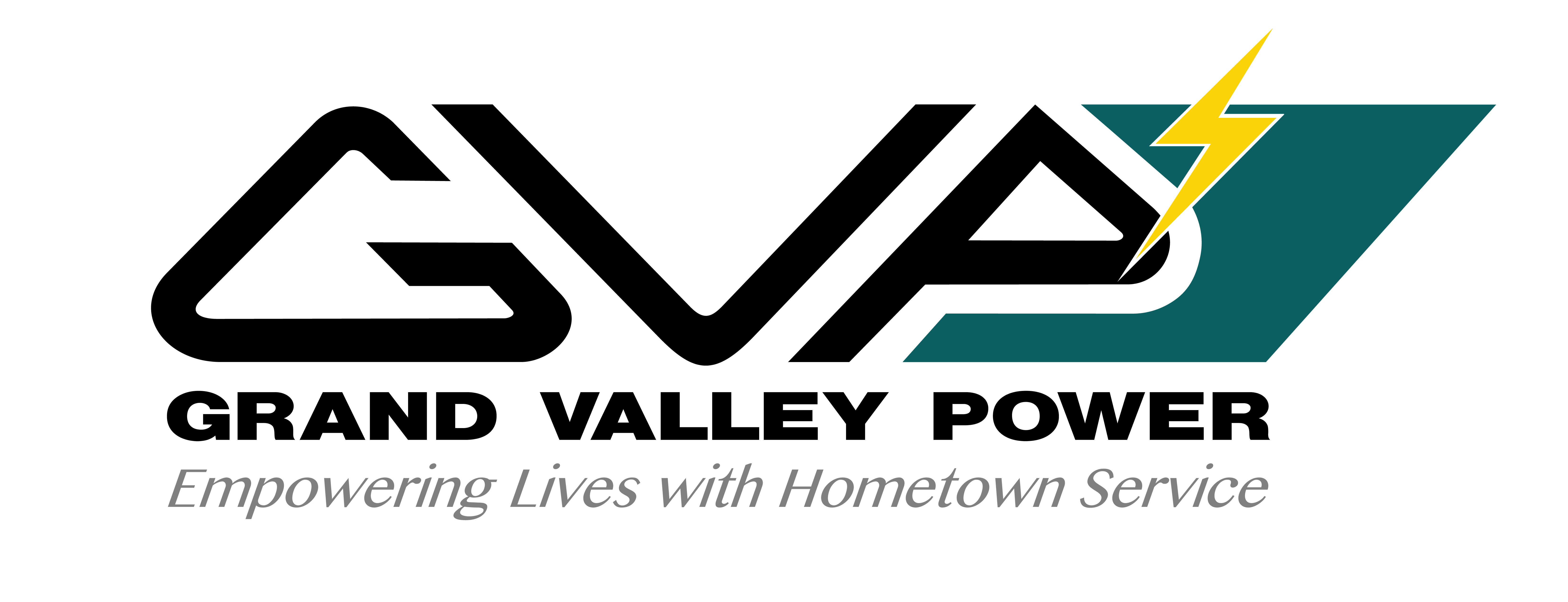What’s Good … and What’s Popular
by Tom Walch, Chief Executive Officer
GRAND JUNCTION, COLO. - (November 1, 2025) I have been a fan of the “Calvin and Hobbes” comic strip for decades. It is an indulgence that I shared with my son, and now my grandson. It is amazing how such a whimsical form of entertainment can drive home real-life lessons that have helped me succeed in business and in life.
As I work my way through some of the questions and comments from consumers about Grand Valley Power’s recent rate
restructuring, it reminds me of a panel where Calvin (who is probably about the same age as my nine-year-old grandson), informs his father that his approval rating in Calvin’s “Dad Poll” is pretty low. His father, unfazed, responds, “That’s because there’s not necessarily any connection between what’s good and what’s popular. I do what’s right, not what gets approval.”
For the individuals serving on the Grand Valley Power Board of Directors, nowhere is the disconnect between what’s good and what’s popular greater than when the board is fulfilling its rate-making responsibilities. Rate increases — even moderate ones — are never popular. Add to that a move from a rate structure that is familiar to one that introduces new and unfamiliar elements, and it grows in unpopularity. The Grand Valley Power board, following a tried-and-true process, demonstrated the backbone to do what is both right and unpopular with its recent rate restructuring.
The need for a rate increase is straightforward. We have all seen the costs of consumer goods continue to rise. Grand Valley Power is a consumer too. As previously detailed in the pages of this magazine, the costs we pay for everything from postage to power poles continue to climb. Utilities across the country are seeking rate increases in the 6%-7% range. Thanks to GVP team members’ efforts to hold costs in check, we have been able to limit the increase for the average GVP consumer to about 4%.
That doesn’t mean that everybody will see a 4% increase. We have raised our Grid Connectivity Charge slightly and implemented a demand charge. These changes align our cost recovery more closely with the costs we incur. For decades, a big part of our fixed costs and our distribution demand costs have been recovered with our kilowatt-hour charge. In recent years we have seen significant growth in the number of GVP consumers who have installed solar panels to generate some of their own electricity. These consumers are not buying as many kilowatt-hours. Under our old rate structure, they were not paying for all the fixed costs and distribution demand costs that Grand Valley Power incurred in providing them with electric service. The new rates require these consumers to pay more of these costs. They would be likely to see rate increases greater than 4%. I expect that our approval rating among these consumers will be lower. But whether consumers approve it or not, I believe that our board did what is right.
There is something in the most recent board action on rates that every member of Grand Valley Power should like. Doing what was right was hard. Introducing a demand rate was hard. It would have been much easier to stick to our existing rate structure. But the GVP board did not take the easy path. Their actions weren’t dictated by polls. They weren’t simply looking for approval. They held true to one of our foundational values: striving to do the right thing. Grand Valley Power will be better because of this.
